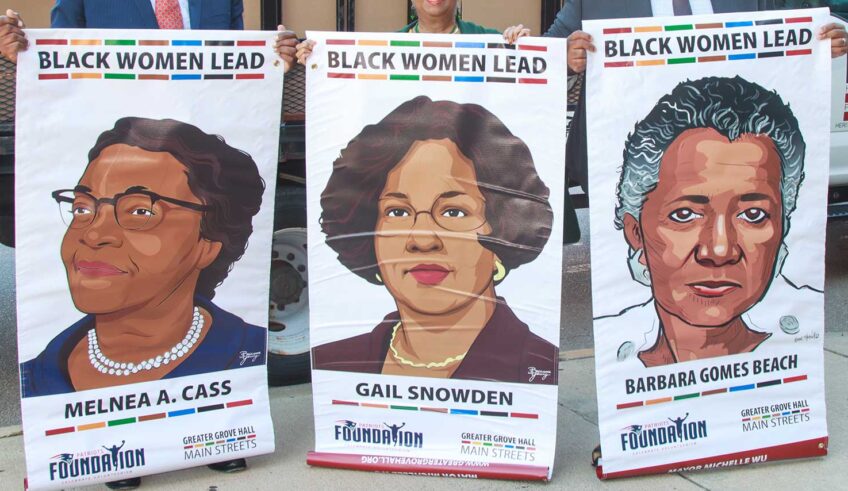On January 14, 2014, a plainly worried President Obama convened a meeting of his cabinet in the Cabinet Room of the White House. The cabinet meeting had extra special, even grave, importance. The Democrats had lost control of the Senate which meant that Congress was now completely dominated by the GOP. Obama boldly announced to the cabinet, “We’re not going to be waiting for legislation. I’ve got a pen and I’ve got a phone. And I can use that pen to sign executive orders and take executive actions and administrative actions to move the ball forward.”
However, Obama’s liberal use of the executive pen to skirt Congress raised two thorny questions and posed two perils. The first: Would his successor in the Oval Office, Trump, make good on virtually the first promise he made after being elected in November 2016, which was to repeal many, most, if not all, of Obama’s executive orders? The other more far reaching question and peril was what impact would this have on sullying Obama’s legacy of accomplishments?
The iffy questions had a deep impact on the significance and reach of his presidency, both during his White House years and afterwards. From the start to make his presidency work, he had to cling closely to the centrist blueprint former President Bill Clinton laid out for Democrats in the 1990s to win elections, and to govern after they won office.
It meant that he had to emphasize strong defense, prosecute a vigorous war against terrorism, wind down the Iraq War, push for mild tax reform for the middle-class, and a workable plan for affordable health care and advocate tougher regulations to rein in Wall Street, back comprehensive gun control legislation, jump start climate control measures, put the obligatory Democratic Party stress on strengthening LGBT, women’s and civil rights and make moderate and balanced Supreme Court picks and administration posts.
Obama has made it clear that he would not be a mere sideline silent spectator if there is an attempt to dismantle his programs.
He walked the narrowest of tightropes in this balancing act. Every step of the way he faced a GOP that made it clear its primary goal was to make him a one-term president, and, failing that, cripple his presidency by blocking his proposed initiatives and legislation.
Obama’s careful, center-governing, non-racial staff and cabinet picks and his policies were plainly designed to blunt the standard Republican rap that Democrats, especially one branded a liberal Democrat, inherently pander to special interests, i.e. minorities, are pro-expansive government, and anti-business. During every moment of his eight years in the White House, the GOP watched him, hawk-like, for any sign of that.
Yet, the Obama White House was a historic and symbolic first. It was a White House that kept a firm, cautious, and conciliatory eye on mid-America public opinion, and corporate and defense industry interests in making policy decisions and determining priorities. Obama would and could not have attained the White House if he hadn’t done the same. This had nothing to do with race, or attaining the historic first of being the nation’s first black president. It had everything to do with the requirement of White House governance.
Obama would be praised in the inevitable historic assessment of a president for his signature successes from the Affordable Care Act to the elimination of bin Laden and criticized on the places where his administration fell short. Those places were foremost: the absence of comprehensive gun control legislation and an unfinished war in Afghanistan. That historic assessment must be made with the full recognition that Obama, as all presidents, was constrained by the inherent limit of the power of the office, the checks imposed on him by his foes and the lofty, but often unattainable, expectations imposed on him by friends. The Obama legacy must not be defined solely by his historic first, but rather by his successes and shortcomings, despite the much restricted and tightly defined parameters under which presidents must operate. There is more than enough in the way of accomplishment from Obama’s presidency to say that his legacy is secure.
Still, Trump’s win stirred much talk and much anxiety about Obama’s legacy being wrecked and that somehow Trump’s win was a repudiation by Americans of it. This was nonsense. Hillary Clinton got nearly 3 million more popular votes than Trump. She made it clear throughout the campaign that she would keep, and even expand, programs if elected.
There is, though, real danger that Trump and the GOP controlled Congress will gut some, or try to gut, all of Obama’s program. Obama is well aware of this possibility. Two weeks after Trump’s win, he spoke at a conference of the Asia-Pacific Economic Cooperation Summit in Peru. He made it clear that he would not be a mere sideline silent spectator if there is an attempt to dismantle his programs.
The clear and loud warning from this is that the one who would fight hardest to safeguard the Obama legacy is Obama.
Earl Ofari Hutchinson is an author and political analyst.






